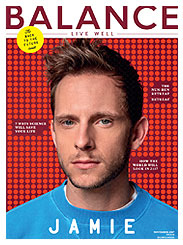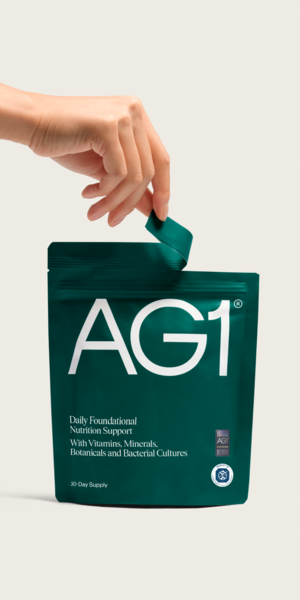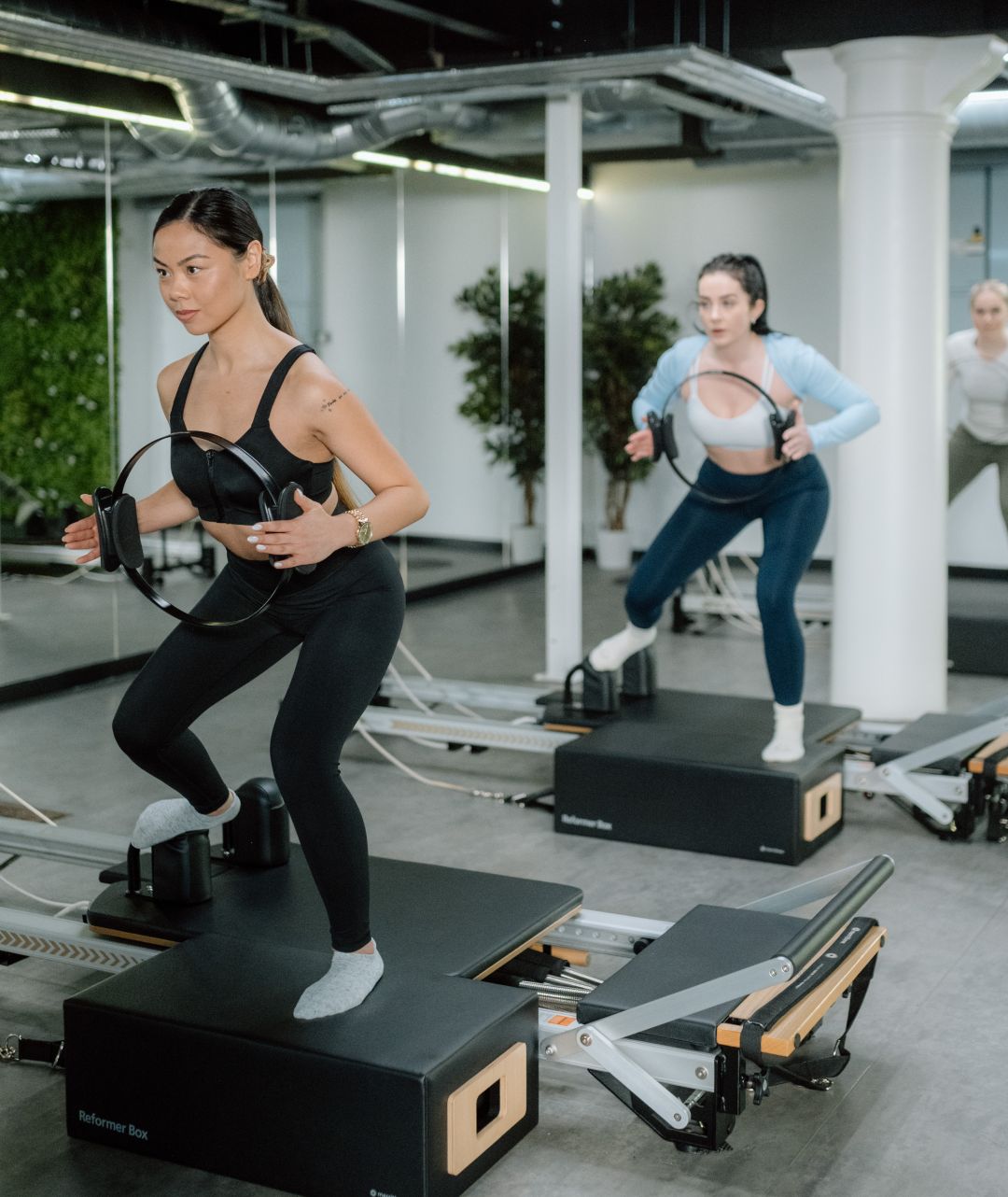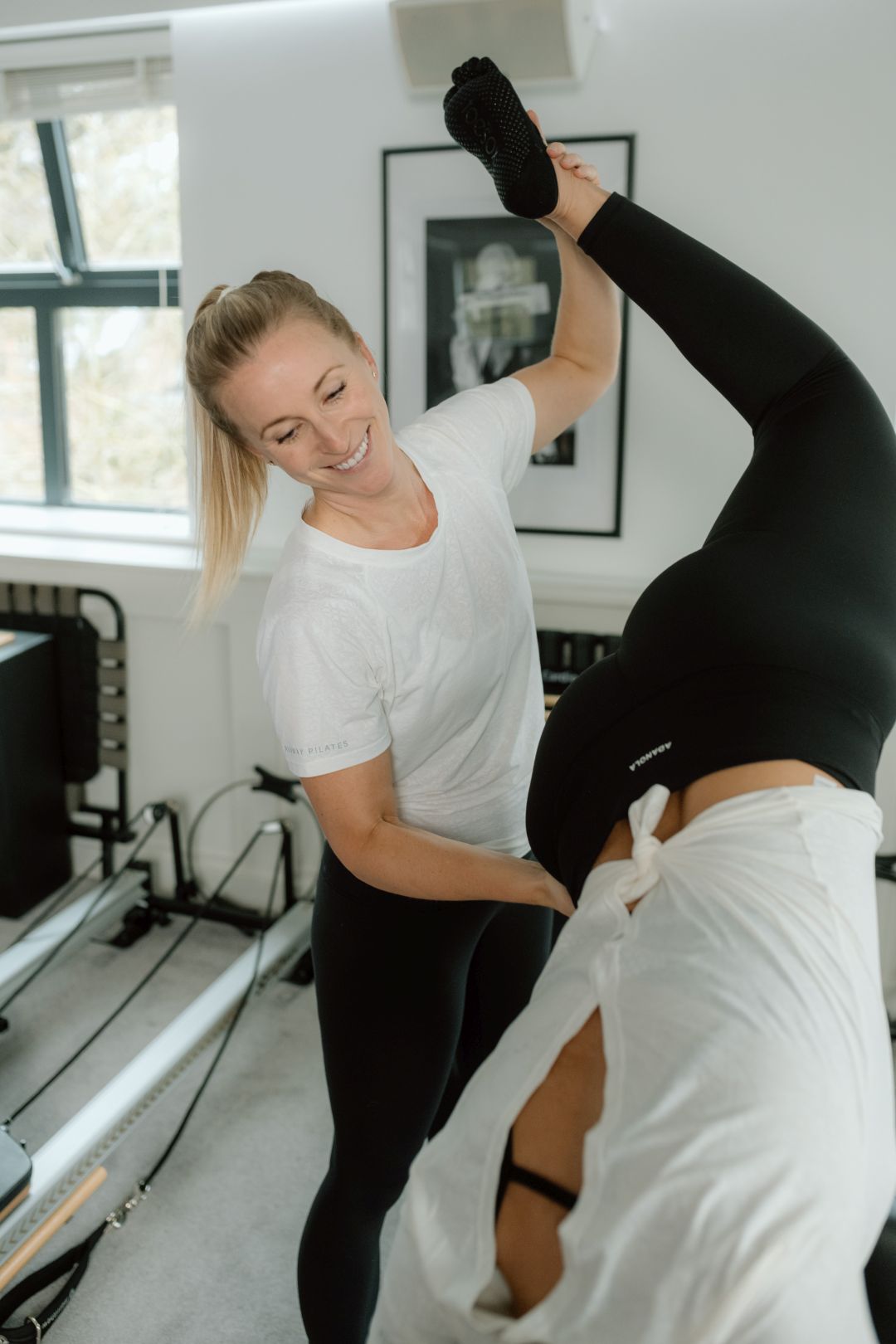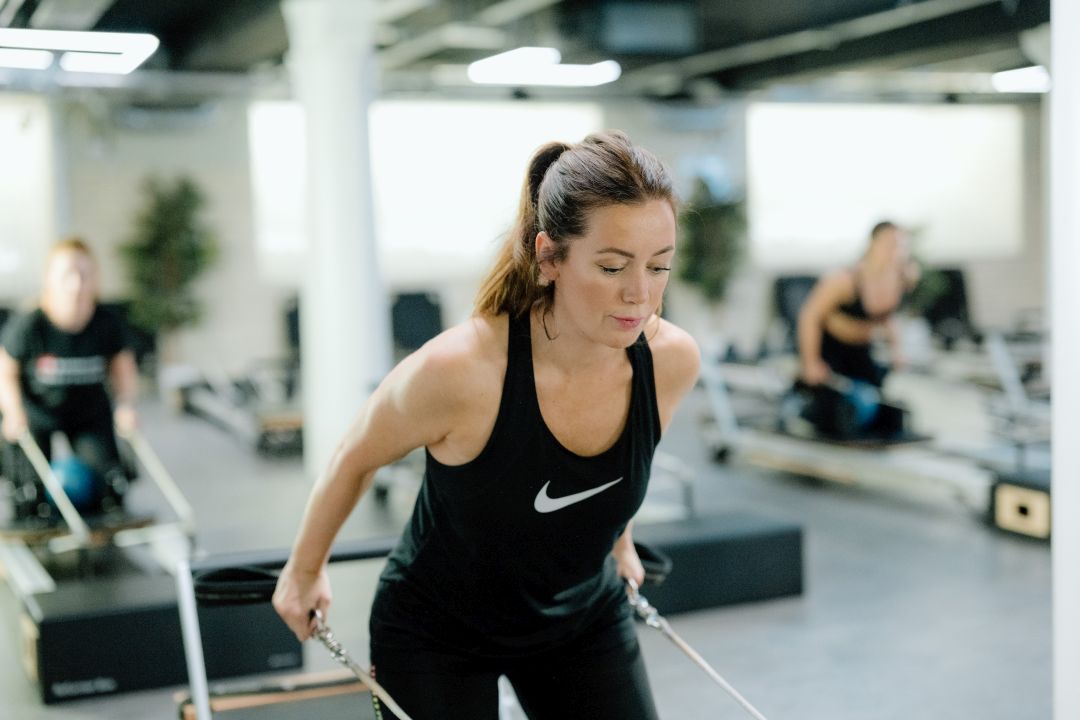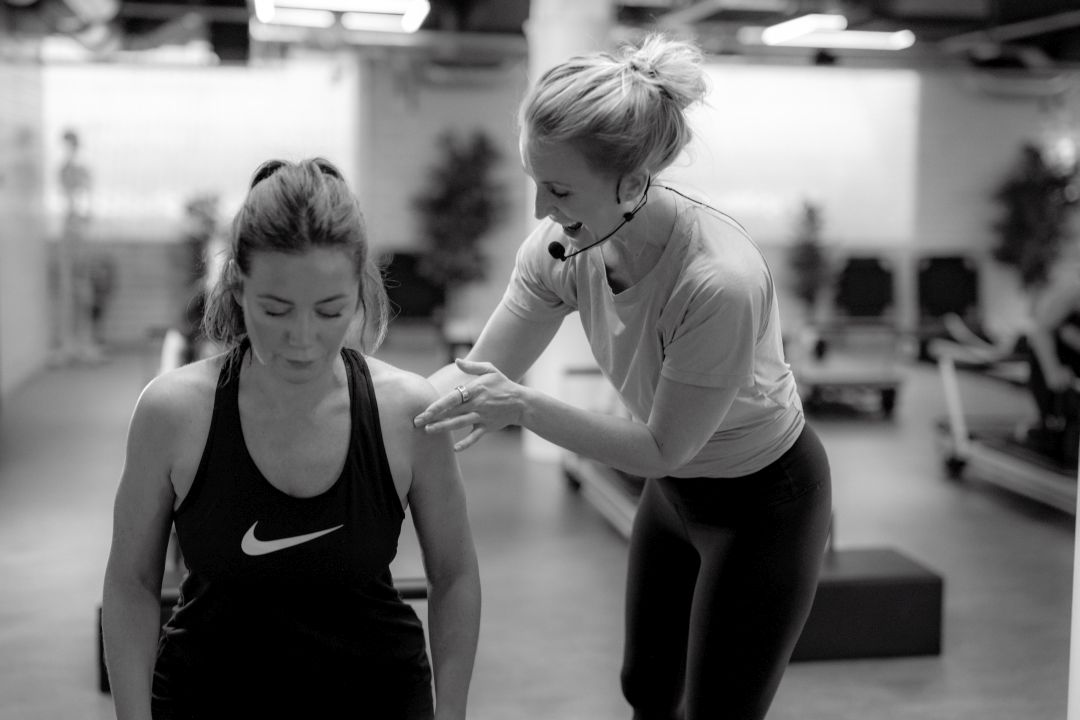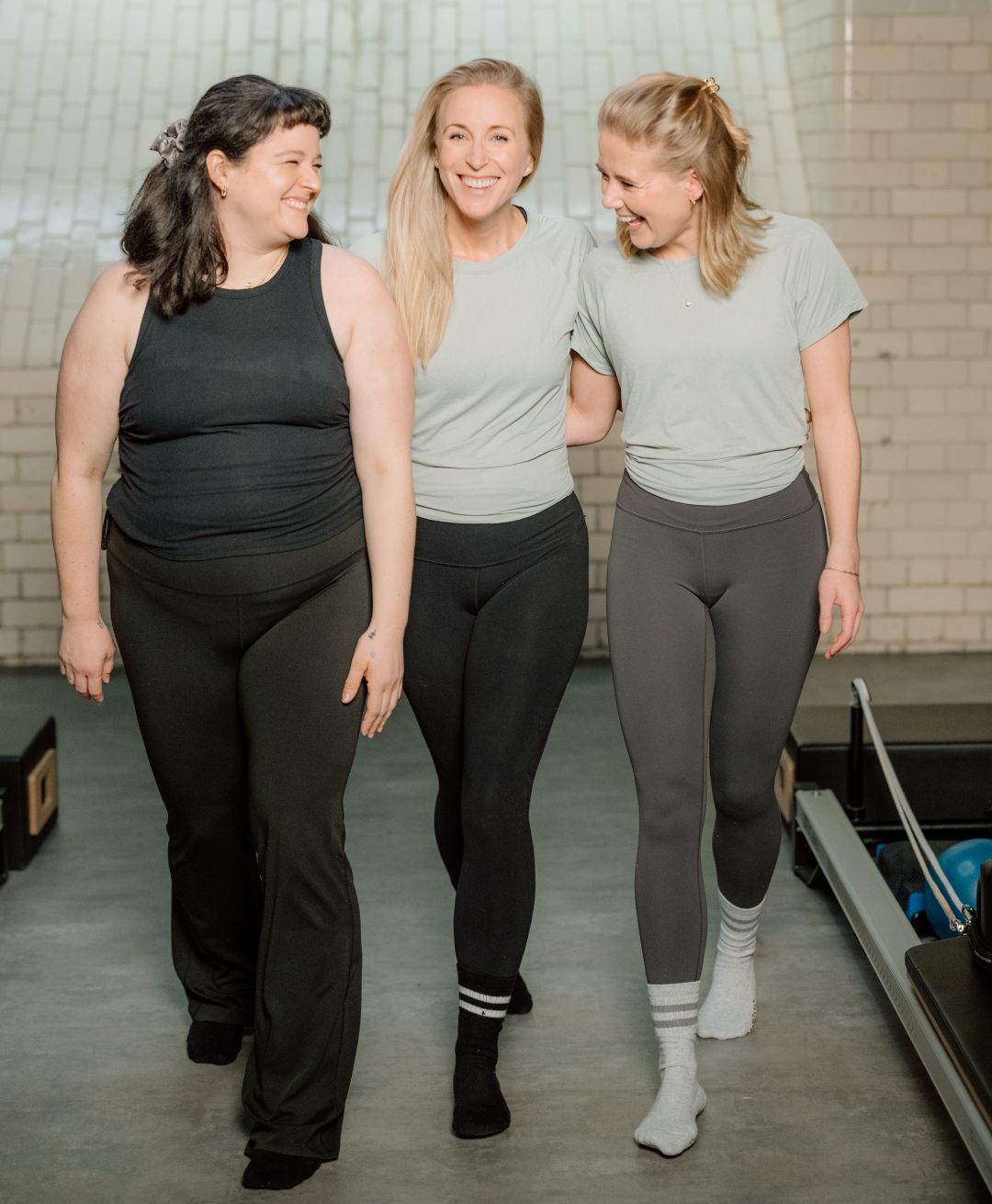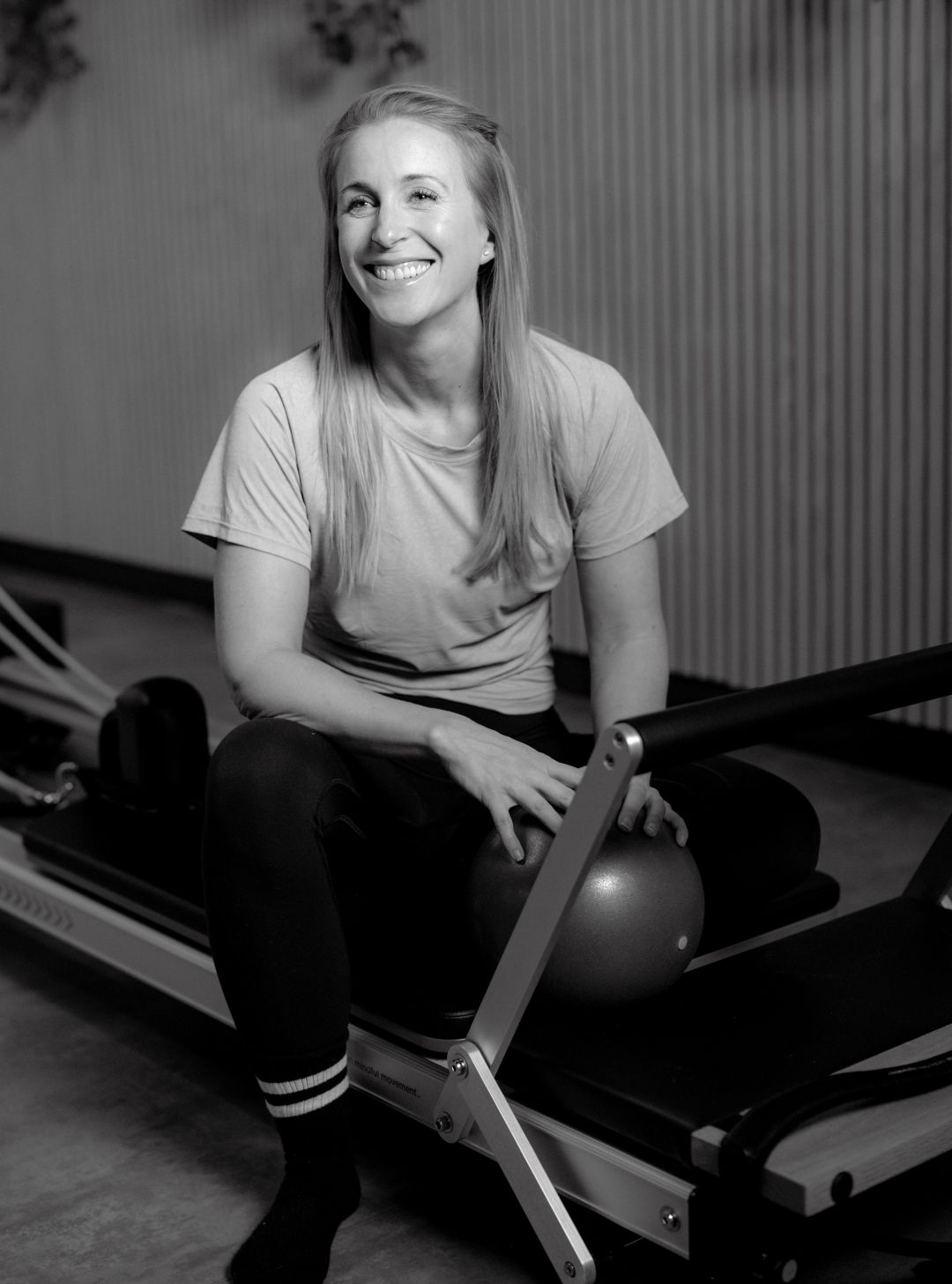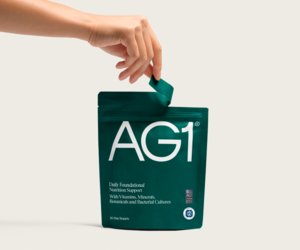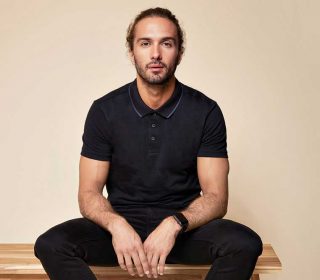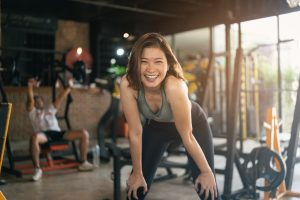Pilates is booming – but are you in safe hands?
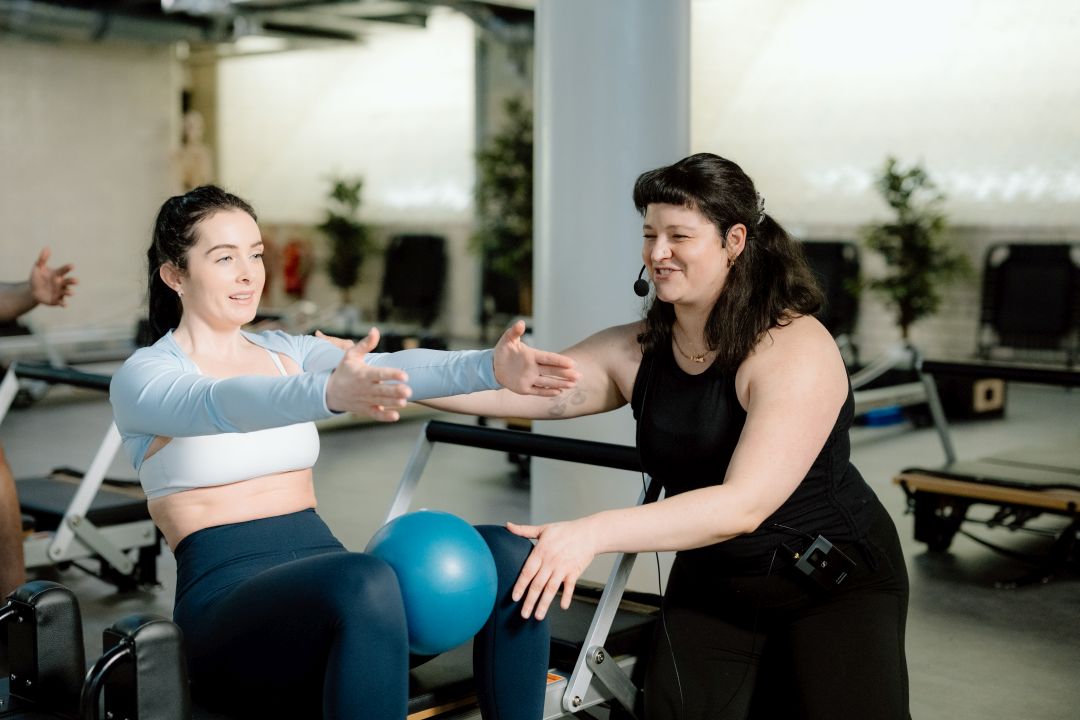
Having grown significantly in popularity, Pilates is a go-to for wellbeing these days. The number of Pilates and yoga studios in the UK has consistently increased – in 2024, there were 5,108 UK studios, an 8.6% increase from 2023 (according to research from IBISWorld).
For those interested in holistic health, Pilates has a role to play alongside yoga, physiotherapy and strength training. But did you know the Pilates industry isn’t regulated?
Technically anyone can call themselves a Pilates teacher, whether they’ve done a comprehensive training course or just a weekend workshop. And with new Pilates venues popping up all the time, it can be difficult to find a reputable studio you can trust.
Choosing wisely matters – to avoid frustration or injury and to keep motivated for the long term. The good news is that there are things you can do to help you make the right decision. When you know what to look for, you can make smart, empowered choices about where you move and with whom.
Here’s how to choose a Pilates studio that’s safe, professional, and – most importantly – aligned with your body and goals.
-
Credentials matter: Why proper training can’t be skipped
While short courses can be a good way to gain specific skills or deepen personal practice, an accredited certification provides a far more thorough education. But how can you tell if your Pilates teacher has spent one weekend at an uncredited workshop or put hundreds of hours into learning their craft?
Catherine Hebb, founder of Runway Pilates, says instructors should be able to explain their certification clearly and confidently to you. After all, it’s your body and you deserve to know that it’s in safe hands.
“Please don’t feel awkward asking about qualifications – any qualified Pilates instructor will be glad you asked!” Catherine says. “With no regulatory body overseeing Pilates instruction, anyone can claim to be an ‘expert’, which makes qualifications the first and most important thing to ask about.
“The studio you choose should have instructors who’ve completed a minimum of a 10-day intensive training, though top-tier training often goes well beyond that. At Runway Pilates, the Teacher Training programme equips future instructors with 120 hours of training, honouring the classical method of Joseph Pilates while incorporating modern science and biomechanics.”
-
The principles are your Pilates compass
A great Pilates class should be rooted in the principles of Pilates – see the box below for more on those. Focusing on these principles ensures you’re moving safely, with good posture, proper body alignment and effective muscle activation.
These principles are what elevate Pilates beyond a simple exercise routine into a holistic mind-body practice. When the principles are explained properly by an instructor who knows what they’re doing, that’s a good sign that you’re probably in the right place.
“Pay attention to what your instructor is saying,” Runway Pilates’ Catherine says. “Are they cueing you to find a neutral spine? Are they helping you understand the difference between neutral and imprinted pelvis? Are they reminding you to draw your shoulders back and watch your knee and foot placement?
“Having these terms properly explained will help you avoid injury and ensure you’re doing the movements correctly. This is super-important if you’re new to Pilates or you’re returning to fitness after an injury.
“By anchoring each movement in these principles, you’re teaching your body to move in a way that supports you far beyond the studio; for example, when you’re lifting groceries, sitting at your desk or chasing after your kids.”
-
Hands-on corrections are a good thing
One of the most valuable – and often underrated – elements of a great Pilates class is the quality of attention you receive, and hands-on guidance plays a big role in that.
We’re not talking about being forcefully adjusted or nudged into place. In a Reformer class, this might mean a light hand guiding your shoulder blade into proper placement, or helping you sense the connection between your core and your limbs.
But why does this matter so much?
“How you move matters just as much as what you’re doing,” Catherine explains. “Hands-on corrections provide a kind of real-time feedback loop that helps you understand the movement on a deeper, more embodied level, so you can safely get the most out of it.
“It’s not about ‘fixing’ your form, but rather helping you feel what correct alignment and engagement actually are, so you can replicate that safely and confidently on your own.”
-
One size does not fit all: The power of personalised teaching
Not all Pilates bodies look or move the same, despite what social media trends would have you believe. A good instructor knows that and doesn’t only teach a sequence; they teach you – adapting to your needs. This means watching how you move, offering modifications when needed and supporting your goals, whether you’re recovering from an injury, pregnant, building strength for performance or completely new to Pilates.
Look for classes that feel responsive and adaptive, avoiding studios where the class feels like a routine on autopilot. Your instructor should:
- Ask questions about your body and any concerns you may have
- Offer variations that meet you at your current level
- Encourage alternative movements when needed
- Celebrate progress, not perfection
“At Runway Pilates, our approach is always client-centred,” Catherine reveals. “You’ll never be expected to push through discomfort or stay silent if something doesn’t feel right. Your experience is personal, and the teaching should always reflect that.”
-
More than just classmates: Why the studio’s atmosphere really counts
The energy of a studio really does matter. A studio’s environment, community and culture can impact motivation and wellbeing. Regardless of your shape, size, age, fitness level, injury history or identity, you deserve a space where you feel safe and encouraged to move.
Unfortunately, not all studios get this right. Some spaces can feel intimidating, exclusive or overly focused on aesthetics and performance, which can leave people feeling disconnected or not “fit enough” to belong. But everyone has a right to feel welcomed, respected and represented in a Pilates studio. When you walk in, are you greeted with warmth? Do the instructors learn your name? Do you feel seen and supported to be exactly where you are on your Pilates journey?
“At Runway, our instructors are trained to foster a supportive, non-judgmental environment where each person’s individual experience matters. This means no one gets left behind or overlooked,” Catherine says.
“After all, when you feel welcomed, you’re more likely to turn a class into a routine, and a routine into a lifestyle. Supportive environments feel like a place you want to be and help make movement a lasting part of your life.”
Like any movement practice, Pilates should support your body, mind and goals – not just follow a trend. Knowing what to look for means you’ll find a studio that fits, not just impresses. Follow these tips and trust your gut when it comes to choosing a space that feels right for you.
Want to know more about how Runway Pilates supports safe, personalised practice in Alderley Edge, Altrincham and Manchester? Visit RunwayPilates.com
CORE PRINCIPLES OF PILATES
The six core Pilates principles are the foundation of Joseph Pilates’ original method, which he called “Contrology.” They are:
Concentration: This is about bringing your full mental attention to every movement you perform, to achieve a mind-body connection.
Control: Every Pilates movement is meant to be deliberate, precise and controlled. It’s about mastering your body to reduce the risk of injury and maximise the effectiveness of each exercise.
Centring: All Pilates movements originate from the “powerhouse,” which refers to your deep core muscles – your abdominals, lower back, hips and pelvic floor. Engaging and stabilising this central region improves overall stability, balance and posture.
Breath: Proper breathing is integral to Pilates. It’s not just about getting oxygen, the breath acts as a guide for the movement and helps to calm the nervous system.
Precision: The exactness of each movement ensures that the correct muscles are targeted and that the exercise is effective and safe – one precise repetition is more valuable than several sloppy ones.
Flow: Pilates exercises are designed to transition smoothly and gracefully from one to the next, creating a continuous, fluid sequence to promote stamina and coordination.


